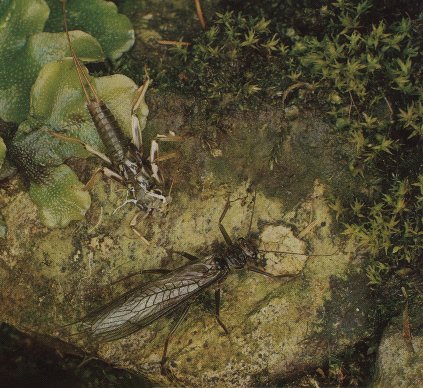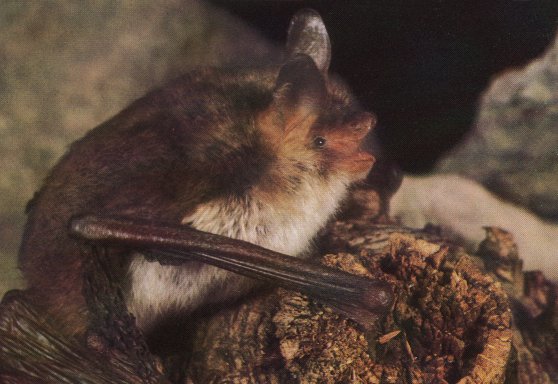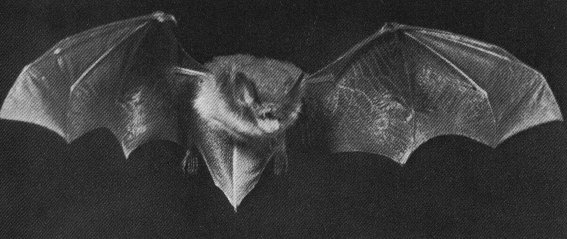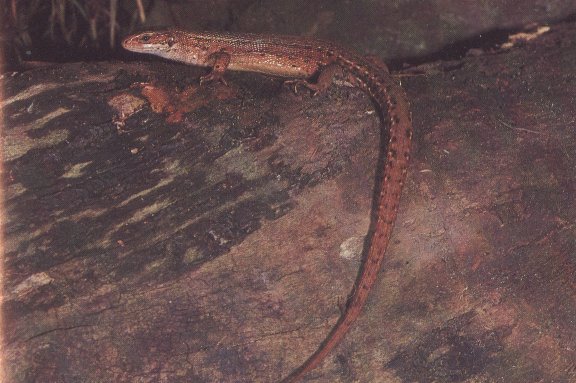

 The Scotch Argus Butterfly -Eribea aethiops- 12,800 years ago when the ice age was retreating and Scotlands climate was changing nature began to move in and use the newly avaliable space, heather and crowberry were the two prodominent plant species to occupy and with them came three brown butterflies including the Scotch Argus with it's eyecatching red eye spots with metalic blue centers, the other two butterflies to arrive along with the scotch argus were the mountain ringlet and the heath butterfly which is larger and paler than the other two species.
The Scotch Argus Butterfly -Eribea aethiops- 12,800 years ago when the ice age was retreating and Scotlands climate was changing nature began to move in and use the newly avaliable space, heather and crowberry were the two prodominent plant species to occupy and with them came three brown butterflies including the Scotch Argus with it's eyecatching red eye spots with metalic blue centers, the other two butterflies to arrive along with the scotch argus were the mountain ringlet and the heath butterfly which is larger and paler than the other two species.
 Stone Fly & Skin -Perla carlukiana- or as it is known locally 'gadger' is not the most beautiful creature, It can very often be found underneath wet stones or in trees by the waterside, they prefer fast flowing well oxegenated rivers such as the river Clyde or the river Tweed to inhabit. It generally makes it's appearance from the pupal stage in late may leaving the empty shell of it's nymphal stage called a 'shuck' stuck to the underside of the stone or the tree from which itemerged.
as is clearly shown in the photograph.
Stone Fly & Skin -Perla carlukiana- or as it is known locally 'gadger' is not the most beautiful creature, It can very often be found underneath wet stones or in trees by the waterside, they prefer fast flowing well oxegenated rivers such as the river Clyde or the river Tweed to inhabit. It generally makes it's appearance from the pupal stage in late may leaving the empty shell of it's nymphal stage called a 'shuck' stuck to the underside of the stone or the tree from which itemerged.
as is clearly shown in the photograph.
 natterers -Selysius nattereri-
This bat does not occur anywhere north of the central belt between Glasgow and Edinburgh but is found from the central belt south to the Border, It lives in woodland and parkland, frequently however it chooses such a habitat with a nearby body of water. The total wingspan is usually from 26½ to 28 centimeters. It is off-white in colour on it's underside and a greyish-brown colour on the top of it's body with a dividing line between the base of the ear to the shoulder area.
natterers -Selysius nattereri-
This bat does not occur anywhere north of the central belt between Glasgow and Edinburgh but is found from the central belt south to the Border, It lives in woodland and parkland, frequently however it chooses such a habitat with a nearby body of water. The total wingspan is usually from 26½ to 28 centimeters. It is off-white in colour on it's underside and a greyish-brown colour on the top of it's body with a dividing line between the base of the ear to the shoulder area.
 daubenton's -Leuconoë daubentonii- Is found as far north as Elgin, It feeds almost tottally on aquatic insects which it catches and consumes whilst in flight although larger insects are caught and kept until stationary, examples of the insect's it eats are Dragonflies and moths. They can be seen at night swooping low over water feeding and skimming the surface for drinks of water. The usually have one offspring each year in mid-summertime. Because of the enviroment this bat prefers it unfortunately comes in to contact often with the hook's of fly fishermen.
daubenton's -Leuconoë daubentonii- Is found as far north as Elgin, It feeds almost tottally on aquatic insects which it catches and consumes whilst in flight although larger insects are caught and kept until stationary, examples of the insect's it eats are Dragonflies and moths. They can be seen at night swooping low over water feeding and skimming the surface for drinks of water. The usually have one offspring each year in mid-summertime. Because of the enviroment this bat prefers it unfortunately comes in to contact often with the hook's of fly fishermen.
 pipistrelle -Pipistrellus pipistrellus- Is the most common species of Bat in Scotland, it is found throught the mainland and on most of the Islands it is brown in colour and is the smallest of the Bats with a wingspan of up to 20 centimeters. They live in buildings sometimes with human inhabitants who may move them out because of their droppings or tolerate there presence, they are also found in trees and clefts, they can be seen all year round even in the snow but are more common during thr flying season which falls between march and october. Among their predators are Rats, Barn and Tawny owls.
pipistrelle -Pipistrellus pipistrellus- Is the most common species of Bat in Scotland, it is found throught the mainland and on most of the Islands it is brown in colour and is the smallest of the Bats with a wingspan of up to 20 centimeters. They live in buildings sometimes with human inhabitants who may move them out because of their droppings or tolerate there presence, they are also found in trees and clefts, they can be seen all year round even in the snow but are more common during thr flying season which falls between march and october. Among their predators are Rats, Barn and Tawny owls.
 Natterjack Toad -Bufo calamita- which puffs up to a huge size while croaking occurs in coastal areas and heathland. Its occurence is affected by cattle that step in the pools that it's tadpoles are forming in , they also pollute the pools with there dung reducing the chance of the tadpoles forming properly, if uncommonly warm the sun can also be an obvious problem at these times, drying out the pools leaving the tadpoles to die in the muddy hole where the water once was. Fertiliser and other chemicals used by farmers is also a significant problem for Natterjack toad's.
Natterjack Toad -Bufo calamita- which puffs up to a huge size while croaking occurs in coastal areas and heathland. Its occurence is affected by cattle that step in the pools that it's tadpoles are forming in , they also pollute the pools with there dung reducing the chance of the tadpoles forming properly, if uncommonly warm the sun can also be an obvious problem at these times, drying out the pools leaving the tadpoles to die in the muddy hole where the water once was. Fertiliser and other chemicals used by farmers is also a significant problem for Natterjack toad's.
 Common Lizard -Lacerta vivipara- Lizards are common on low hills and moors and can even be found bathing in the sun on high ground up to about 800 meters perhaps even higher but they are at their most abundant in the dry moorland of the east of the country near small pools of still water, in some of the less remote places their numbers or distribution is undoubtedly greatly affected or even stopped completely by the use of chemicals and water drainage in the more intensively agricultural areas.
Common Lizard -Lacerta vivipara- Lizards are common on low hills and moors and can even be found bathing in the sun on high ground up to about 800 meters perhaps even higher but they are at their most abundant in the dry moorland of the east of the country near small pools of still water, in some of the less remote places their numbers or distribution is undoubtedly greatly affected or even stopped completely by the use of chemicals and water drainage in the more intensively agricultural areas.
 The Adder -Vipera berus- is Scotlands only poisonous snake and has claimed a few lives in it's time, although this is a very rare occurence and there has been no record of a death for a number of years. The other snakes that occur are not poisonous, they are the grass snake and the slowworm. The Adder is found all over the mainland and on some of the islands but is more common on the dry moorland in the east of the country. The Adder pictured is slivering down a stream in Glen Rosa on the Island of Arran.
The Adder -Vipera berus- is Scotlands only poisonous snake and has claimed a few lives in it's time, although this is a very rare occurence and there has been no record of a death for a number of years. The other snakes that occur are not poisonous, they are the grass snake and the slowworm. The Adder is found all over the mainland and on some of the islands but is more common on the dry moorland in the east of the country. The Adder pictured is slivering down a stream in Glen Rosa on the Island of Arran.
